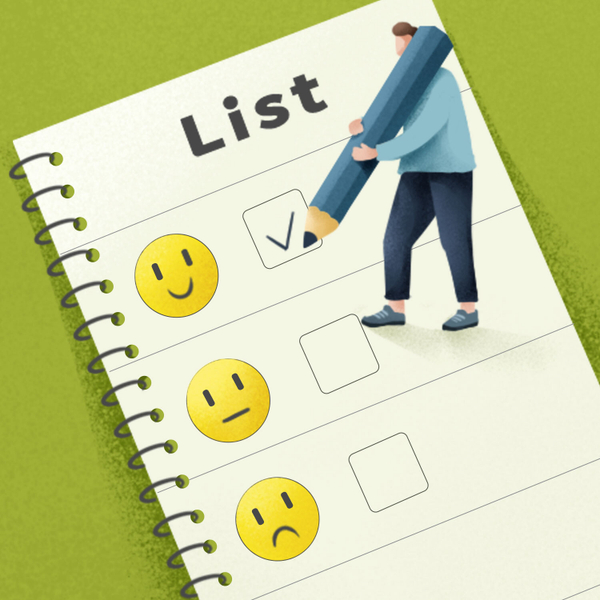
Checklist Revolution: How Simple Tools Can Transform Complex Tasks
- 16:14
- May 3rd 2024
How do checklists contribute to a culture of safety and quality improvement in healthcare settings, as highlighted in The Checklist Manifesto?
Checklists contribute to a culture of safety and quality improvement in healthcare settings in several ways:
1. Standardization: Checklists provide a standardized approach to tasks and procedures, ensuring that all necessary steps are completed in a consistent manner. This reduces the likelihood of errors and omissions and helps healthcare providers deliver high-quality care consistently.
2. Communication: Checklists facilitate communication among healthcare team members, ensuring that everyone is on the same page and has the necessary information to carry out their responsibilities. This can prevent misunderstandings and improve collaboration, ultimately leading to better patient outcomes.
3. Accountability: Checklists create a record of tasks completed, holding healthcare providers accountable for their actions and decisions. This can help identify areas for improvement and prevent mistakes from being repeated in the future.
How can technology and digital tools be utilized to enhance the usability and efficiency of checklists in modern workplaces?
There are several ways technology and digital tools can enhance the usability and efficiency of checklists in modern workplaces:
1. Automation: Utilizing software tools and apps to automate the checklist process can save time and ensure consistency in completing tasks on the checklist. This can also help in reducing human error and oversight.
2. Integration: Integrating checklists with other digital tools and platforms, such as project management software or email platforms, can streamline communication and collaboration among team members. This can make it easier to assign tasks, track progress, and follow up on action items.
3. Customization: Digital checklists can be easily customized to suit the specific needs and requirements of different teams or departments within an organization. This allows for greater flexibility and adaptability in managing tasks and workflows.
4. Mobile accessibility: Mobile apps and tools allow employees to access and update checklists on the go, increasing productivity and efficiency. This is particularly useful for employees who work remotely or are constantly on the move.
How can organizations foster a culture of checklist usage and continuous improvement to drive better outcomes and performance?
1. Leadership support and involvement: Organizations should ensure that top leadership is actively engaged in promoting the use of checklists and continuous improvement initiatives. Leaders should set the example by regularly using checklists themselves and demonstrating the importance of continuous improvement.
2. Training and education: Organizations should provide training to employees on the importance of checklists and how to use them effectively. This will help ensure that all employees understand the value of checklists and how they can contribute to better outcomes and performance.
3. Regular feedback and communication: Organizations should establish a culture of open communication and feedback where employees feel comfortable sharing their thoughts and ideas on how to improve processes and checklists. Regular feedback sessions can help identify areas for improvement and drive continuous improvement initiatives.
4. Recognition and reward: Organizations should recognize and reward employees who demonstrate a commitment to using checklists and driving continuous improvement. This can help reinforce the importance of these practices and motivate employees to actively participate in them.
Read Book Briefs Podcast
Welcome to the Read Book Briefs Podcast, where we explore the world of literature in bite-sized episodes. If you're an avid reader or just looking for some book recommendations, this podcast is for you.
Each episode, we'll dive into a different book and give you a brief summary of the plot, characters, and themes. We'll also discuss our thoughts and opinions on the book, including what we loved and what we didn't.
But that's not all - we'll also interview authors, publishers, and other experts in the literary world to get their insights and perspectives. Whether you're a fan of fiction, non-fiction, or anything in between, there's something for everyone on the Read Book Briefs Podcast.
So grab a cup of tea, curl up with a good book, and join us every week as we explore the wonderful world of literature.